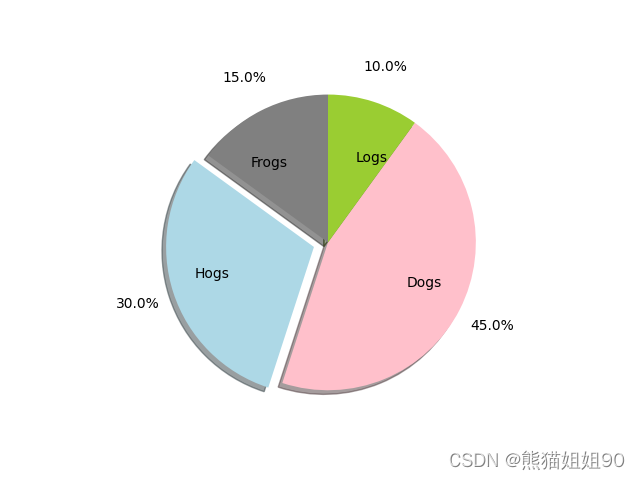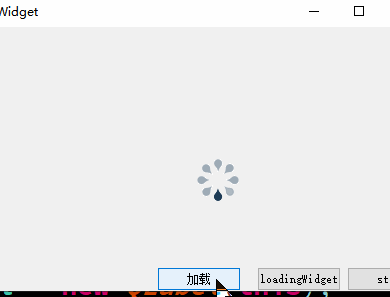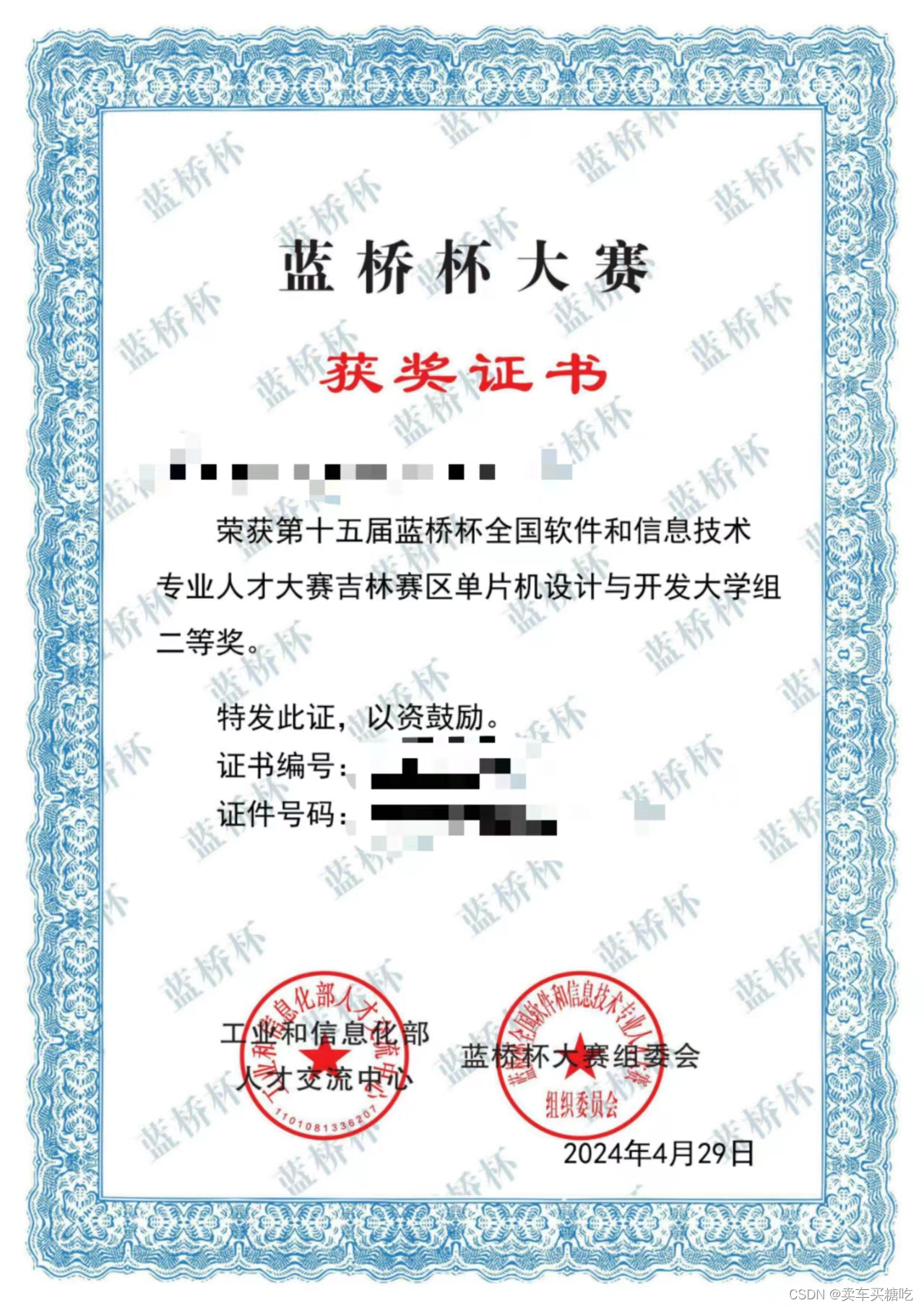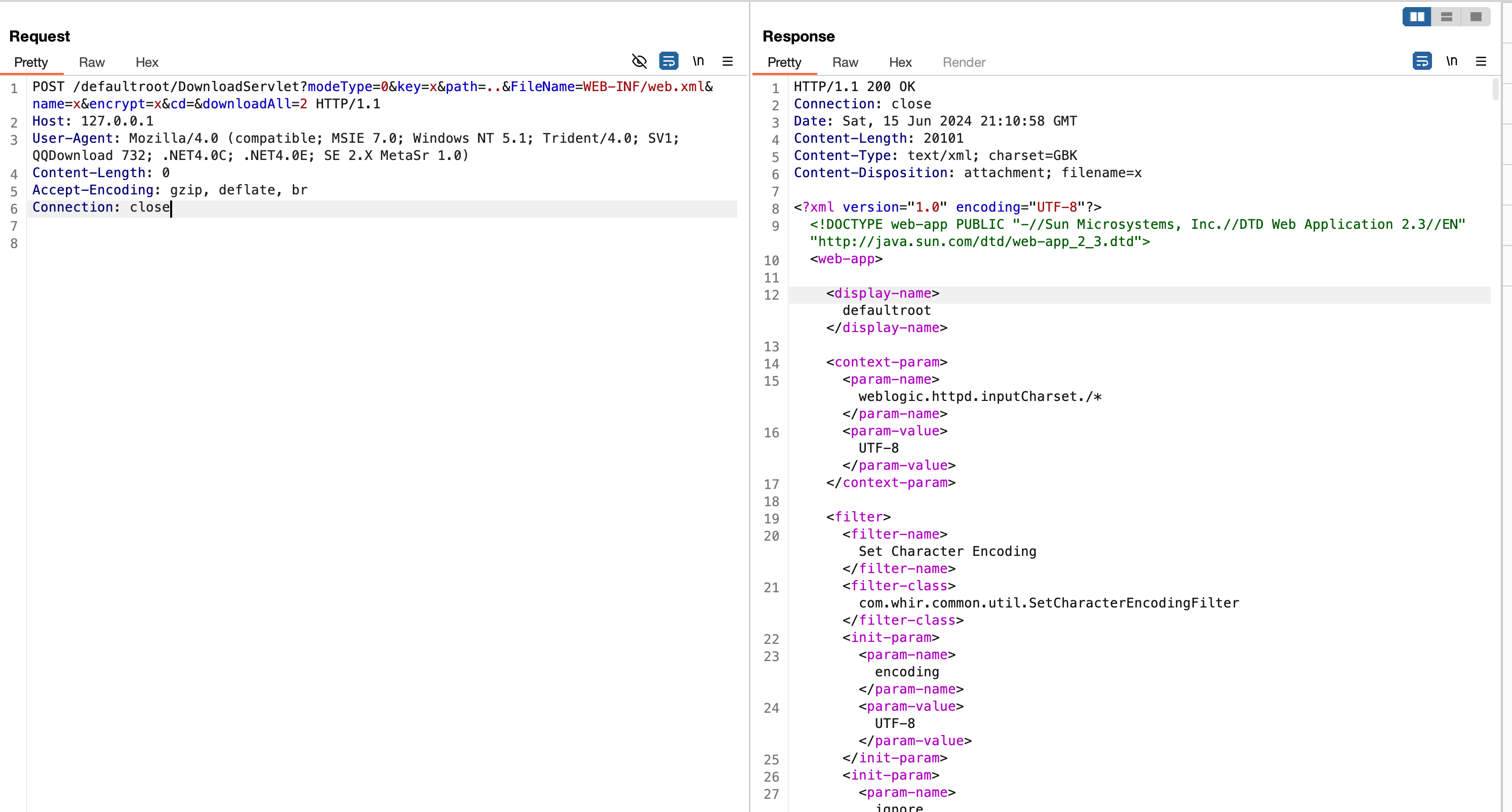目录
一、概念:
二、算法过程
三、代码实现
一、概念:
在目标检测的初始结果中,同一个物体,可能对应有多个边界框 (bounding box,bb),这些边界框通常相互重叠。如何从中选择一个最合适 的(也就是与真实目标框最接近的)呢?通常采用的做法是NMS(Nonmaximum suppression),即非极大值抑制。
二、算法过程
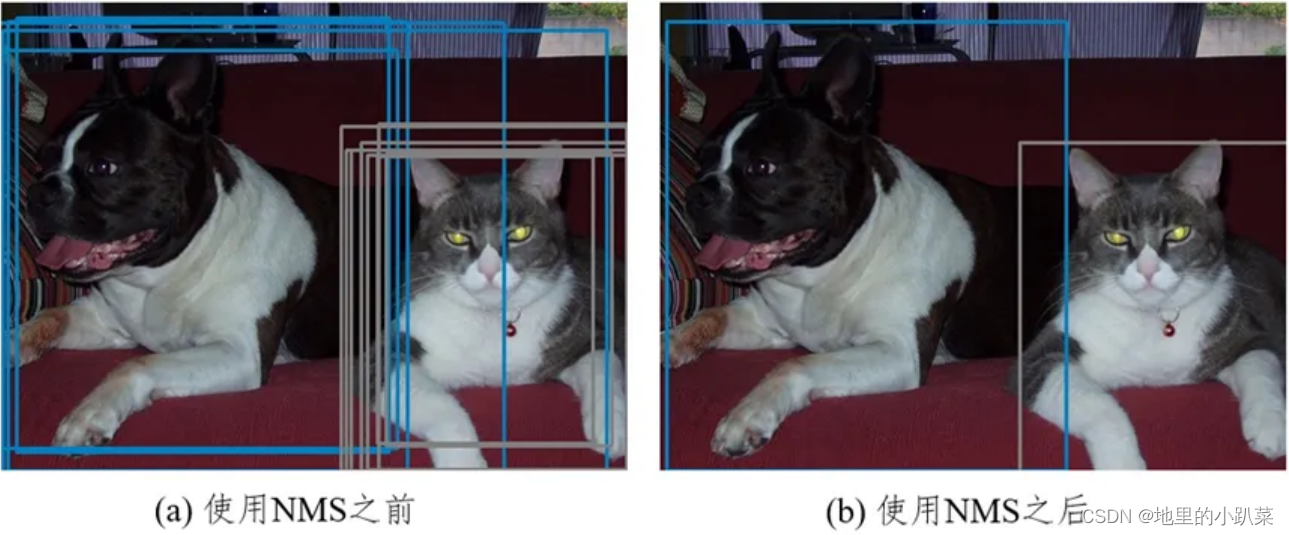
非极大值抑制的大体思路就像其名一样,对于多个边界框,以置信度 (class score)最大的那个框为准,其他与之重合度高的框,则认为它们检测 的是同一个物体,将其他框除掉,也就是抑制掉。给定一系列候选框,针对每 个类别,分别执行NMS,具体流程如下:
1. 找到置信度最大的框,该框肯定是目标,得到第1个框;
2. 依次计算其他相同类别框与第1个框的重合度(IOU值),如果大于一 定阈值,抑制掉;
3. 剩下的框中,同样找置信度最大的框,为第2个框,抑制掉重合的框;
4. 反复执行上述步骤,直到剩下最后一个框,此亦为目标框。
三、代码实现
#需求
#使用nms实现图像阈值参数的提取
"""
1导包
2,定义nms对象候选边框
2.1 边界框
2.2 边框坐标
2.3 边界框的置信度
2.4 选择边界框, 2.5 计算边界框的面积
3, 根据边界框置信度排序
3.1 迭代边界框
3.2 边界框信心指数得分最大
3.3 选择信心得分最大
4 ,计算相交过并并坐标(IOU)
4.1 计算交集-过并域
4.2 计算交集和并集之间的比率
5,图像设置--->名称
5.1 边界框
5.2读取图像文件
5.3复制图像作为原始
5.4参数设置
5.5IOU阈值
5.6绘制边界框和信心得分
5.7执行非max抑制算法
5.8绘制非最大值抑制后的边界框和置信度得分
5.9显示图像
"""
import cv2
import numpy as np
"""
Non-max Suppression Algorithm
@param list Object candidate bounding boxes
@param list Confidence score of bounding boxes
@param float IoU threshold
@return Rest boxes after nms operation
"""
#定义nms对象候选边框
def nms(bounding_boxes,confidence_srore,threashold): #定义nms
if len(bounding_boxes) == 0:
return [],[]
boxes = np.array(bounding_boxes)
# coordinates of bounding boxes 边框坐标
start_x = boxes[:,0]
start_y = boxes[:,1] end_x = boxes[:,2]
end_y = boxes[:,3]
# Bounding boxes 边界框
boxes = np.array(bounding_boxes)
# Confidence scores of bounding boxes 边界框的置信度
score = np.array(confidence_score)
# Picked bounding boxes 选择边界框
picked_boxes = []
picked_score = []
# Compute areas of bounding boxes 计算边界框的面积
areas = (end_x - start_x + 1) * (end_y - start_y + 1)
# Sort by confidence score of bounding boxes 根据边界框置
信度排序
order = np.argsort(score)
# Iterate bounding boxes 迭代边界框
while order.size > 0:
# The index of largest confidence score 边界框信心指数
得分最大
index = order[-1] #未匹配到元素
# Pick the bounding box with largest confidence score
选择信心得分最大的区域
picked_boxes.append(bounding_boxes[index])
picked_score.append(confidence_score[index])
# Compute ordinates of intersection-over-union(IOU) 计
算相交过并并坐标(IOU)
x1 = np.maximum(start_x[index], start_x[order[:-1]])
x2 = np.minimum(end_x[index], end_x[order[:-1]])
y1 = np.maximum(start_y[index], start_y[order[:-1]])
y2 = np.minimum(end_y[index], end_y[order[:-1]])
# Compute areas of intersection-over-union 计算交集-过
并域
w = np.maximum(0.0, x2 - x1 + 1)
h = np.maximum(0.0, y2 - y1 + 1)
intersection = w * h # Compute the ratio between intersection and union 计
算交集和并集之间的比率
ratio = intersection / (areas[index] +
areas[order[:-1]] - intersection)
left = np.where(ratio < threshold)
order = order[left]
return picked_boxes, picked_score
# Image name
image_name = '1.png'
# Bounding boxes 边界框
bounding_boxes = [(187, 82, 337, 317), (150, 67, 305, 282),
(246, 121, 368, 304)]
confidence_score = [0.9, 0.75, 0.8]
# Read image 读取图像文件
image = cv2.imread(image_name)
# Copy image as original 复制图像作为原始
org = image.copy()
# Draw parameters 参数设置
font = cv2.FONT_HERSHEY_SIMPLEX
font_scale = 1
thickness = 2
# IoU threshold IOU阈值
threshold = 0.4
# Draw bounding boxes and confidence score 绘制边界框和信心得分
for (start_x, start_y, end_x, end_y), confidence in
zip(bounding_boxes, confidence_score):
(w, h), baseline = cv2.getTextSize(str(confidence), font,
font_scale, thickness)
cv2.rectangle(org, (start_x, start_y - (2 * baseline +
5)), (start_x + w, start_y), (0, 255, 255), -1)
cv2.rectangle(org, (start_x, start_y), (end_x, end_y),
(0, 255, 255), 2) 第十一章, YOLO系列概述
1.深度学习经典检测方法
(1) tow-stage(两阶段):Faster-rcnn Mask-rcnn系列:增加了区域建议网
络(RPN),即预选框
特点
速度通常较慢(5FPS),但是效果通常不错
cv2.putText(org, str(confidence), (start_x, start_y),
font, font_scale, (0, 0, 0), thickness)
# Run non-max suppression algorithm 执行非max抑制算法
picked_boxes, picked_score = nms(bounding_boxes,
confidence_score, threshold)
# Draw bounding boxes and confidence score after non-maximum
supression 绘制非最大值抑制后的边界框和置信度得分
for (start_x, start_y, end_x, end_y), confidence in
zip(picked_boxes, picked_score):
(w, h), baseline = cv2.getTextSize(str(confidence), font,
font_scale, thickness)
cv2.rectangle(image, (start_x, start_y - (2 * baseline +
5)), (start_x + w, start_y), (0, 255, 255), -1)
cv2.rectangle(image, (start_x, start_y), (end_x, end_y),
(0, 255, 255), 2)
cv2.putText(image, str(confidence), (start_x, start_y),
font, font_scale, (0, 0, 0), thickness)
# Show image 显示图像
cv2.imshow('Original', org)
cv2.imshow('NMS', image)
cv2.waitKey(0)![【2024最新华为OD-C/D卷试题汇总】[支持在线评测] 披萨大作战(100分) - 三语言AC题解(Python/Java/Cpp)](https://img-blog.csdnimg.cn/direct/63164c93d1684778a97ebfbf47d2102e.png)


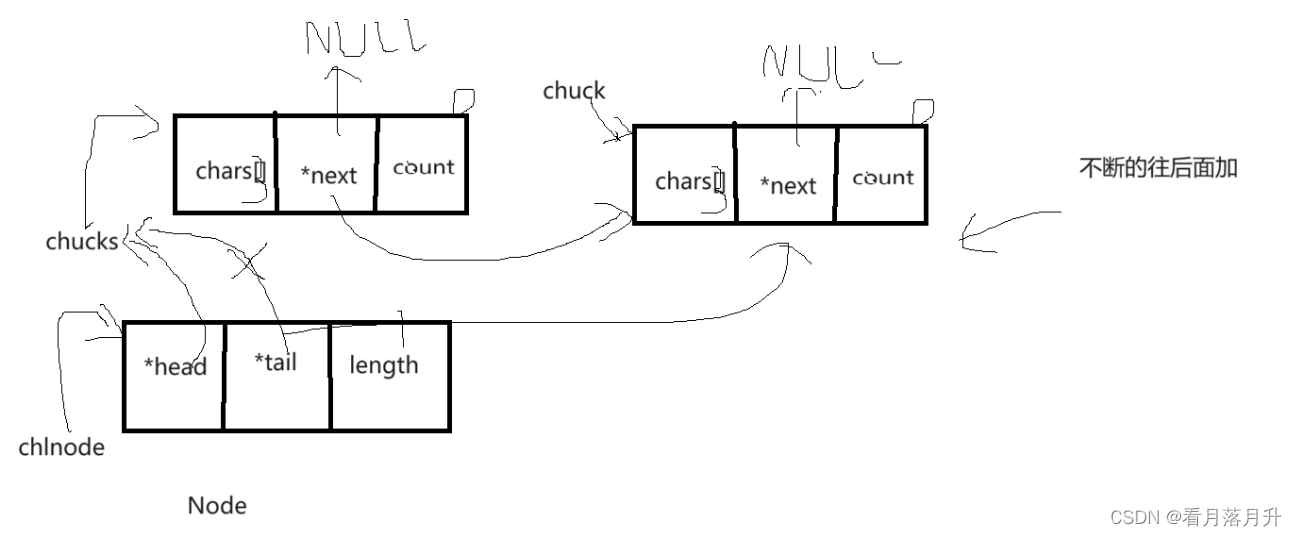
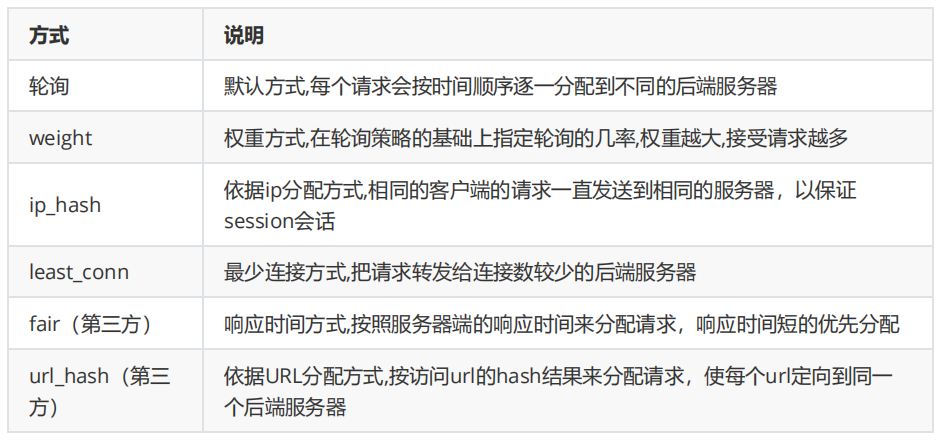

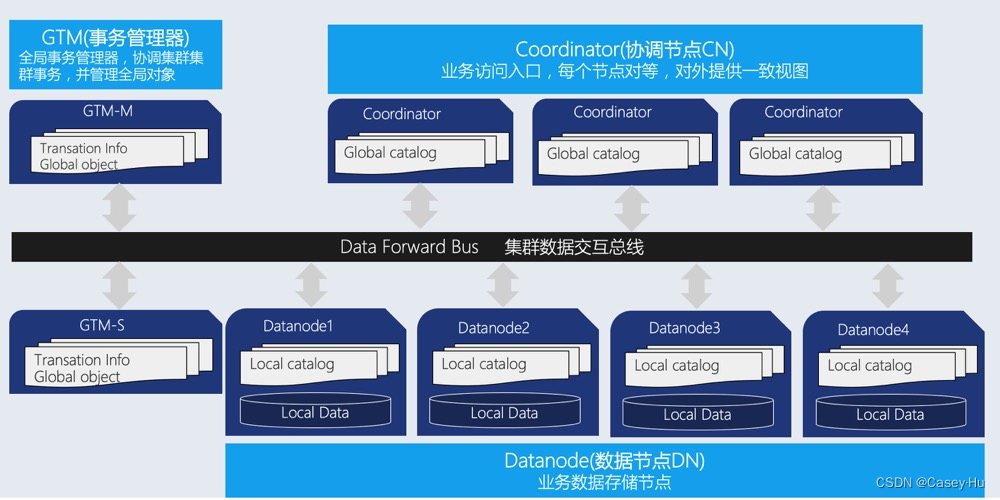



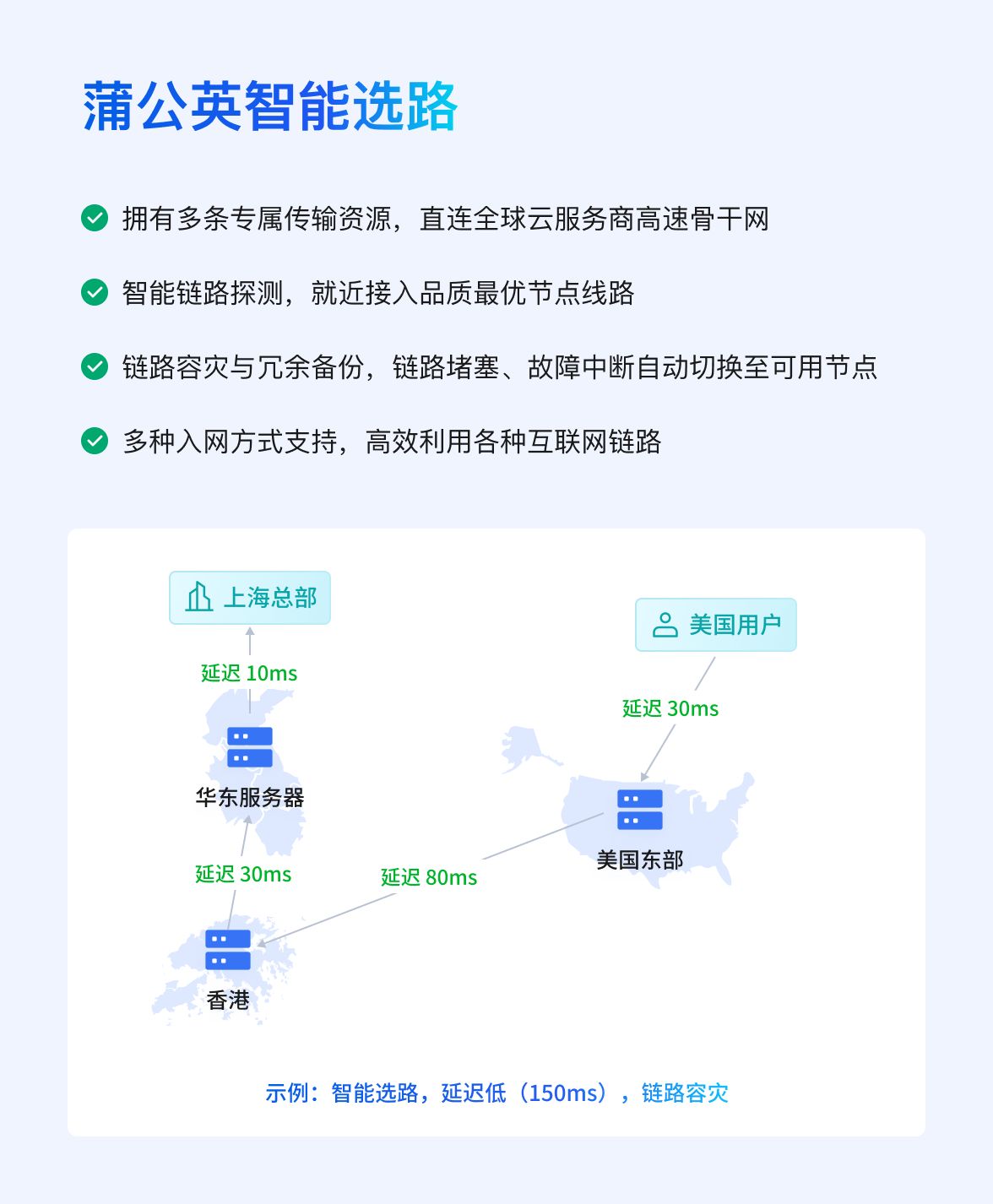
![[极客大挑战 2020]Roamphp4-Rceme](https://img-blog.csdnimg.cn/direct/e198fe9386764aacb5e1d2f0dcf0bc93.png)

